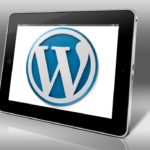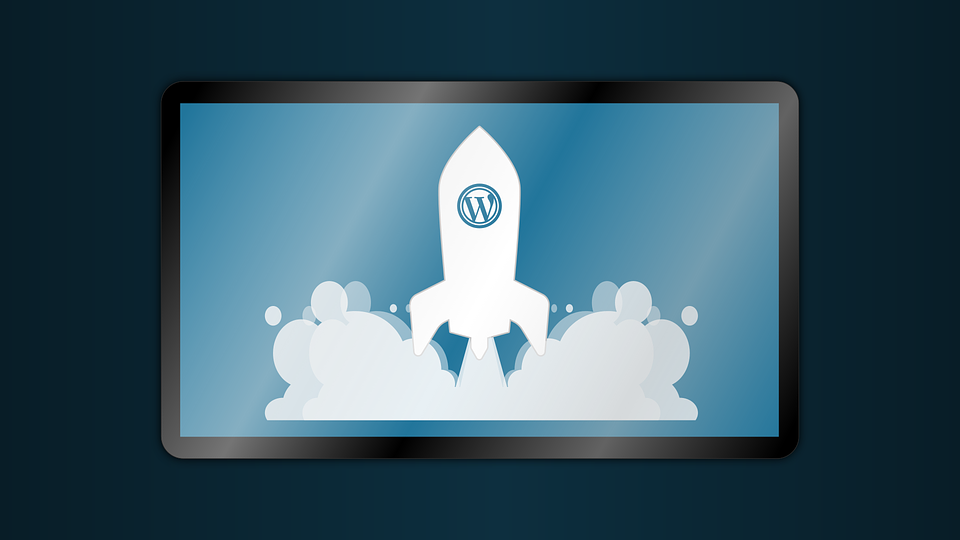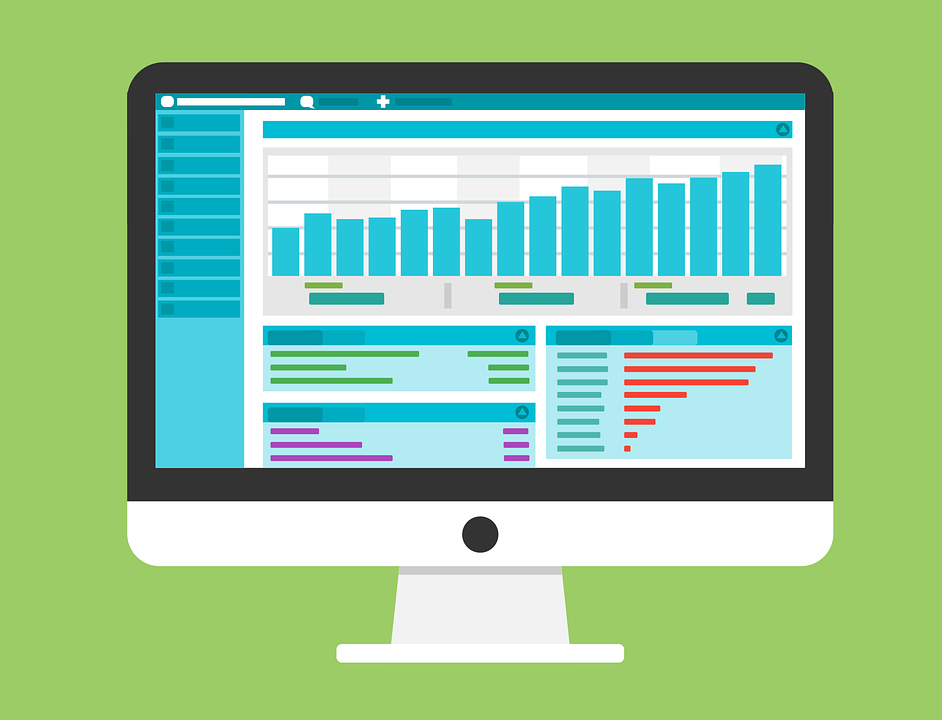Every website owner understands the importance of quickly loading the content on your website. Specifically, if your website is on WordPress, so you would have probably heard about caching plugins. Let us now underrated that what is a caching plugin and how does it affect your wordpress website.
What is caching?
Caching is most crucial aspect of the performance of website as it may enhance the time of improve to a great extent.
In common terms, the caching plugin helps to create the static version of the website while the visitor visits the site and then serves the static version at next time when they will land on the website. Because of this your website will load quicker for your visitors and this will lead to various benefits.
There is great thrill in internet about the times of website loading. The website which loads quickly provides better experience of user overall and this was finally leads to better engagement and high rates of conversion.
Google has also announced website having loading times will certainly play an important role while it is about the ranking of search engine. And even studies also show if the website takes time of above two seconds for loading, visitors are much likely to leave it and check some other site.
What is the concept of WordPress Caching
While a person visits the page on the specific website, they should request for various information from the web host. These requests consist of images, CSS, Javascript, and these even need to retrieve the entire content from database of WordPress.
Basically, this is what actually happens:
- The user from any place in the world will visit your website where the browser contacts the Web server.
- The installation of WordPress contacts this database where this get installed for fetching your posts as well as other data which is stored.
- Now Web server will also compiles the data in the HTML page as well as returns them to user.
Since the WordPress generates the content which is dynamical and this means that they requests for the fresh information about the page each time when the visitor views this page. In many cases, it is not necessary as the blog posts as well as the pages do not actually change when they get published till you manually edit them.
While you use the caching plugin, they will create the static version of the content and which will also delivers them to the visitors, this means that while the visitors come to the website once again, they would also see cached version, and this should be quite faster.
However, in nutshell, WordPress caching is also reusing the data from earlier requests which can speed up the future requests. They also reduces the amount of the data which requires to flow between browser, web server as well as the database which has an ability to translate in quicker times for loading.
Working of WordPress Caching
Primarily there are two kinds of caching protocols which are available and they are based on model of client-server such as Client-side caching as well as server-Side caching.
Let us understand what Client-Side Caching is?
Each website has various static data like images, JavaScript files and the CSS files. Irrespective of the fact that which browser is being used, all of these are quite smart to understand that once these files get downloaded, they will not need to get re-downloaded each time when you will visit the specific certain website. They just serve files from local cache that gets stored on the hard drive of the computer. This is the reason that it is usually suggested to clean the entire browser’s cache quite often – it helps to save great amount of space and also helps to enhance the performance.
This process is well known as the client-side caching where almost each modern site uses this and it is supported by every browser.
Let us understand what Server-Side Caching is?
Server side caching mainly consist of all different caching protocols which are used completely under the WordPress caching. These consist of following:
- Database query caching
- Page caching
- Opcode caching
- Object-based caching
Now, let us take the look at every separately and now see how the caching will also help you to always speed up website.
-
Page Caching
The Page caching is considered to be simplest of various caching protocols. They mainly refers to the process to save HTML files which are dynamically generated on server’s hard disk and also on the memory and even serving them from cache each time when the request is created. This will also help to saves overhead of the executing PHP code as well as other queries of MySQL database.
Database Caching
Here key aim of the database is mainly to store, update as well as to deliver the data quite efficiently. The Databases are generally huge and every query takes the significant and vital amount of your time. As the WordPress completely relies heavily on their database, it also makes the query quite often. If the data does not get reformed in database, executing the queries which could help to retrieve the similar kind of data is same as the re-downloading of similar images and the files again. For preventing that from now happening this makes sense that will also save results of the query in local storage. This is mainly known as the database caching and it is the fundamental factors which could lead to effective WordPress caching.
Now, once the database gets completely updated–that will happens while you update the post or the page and even add the new post and also someone who submits the updated comment–it’s significant to delete the formerly saved cache of database and re-cache of the database query which would results all again. It help to prevents any kind irrelevant and erroneous database for the query results.
Object Caching
Here, WordPress has their own internal system of caching that includes various subsystems like Caching API, Transient API and Object Cache. Such kind of caching system may also get well controlled by various sets of plugins that can help to reduce the database calls. On the other hand, it is a quite advanced topic that isn’t much relevant for regular users of WordPress.
Opcode caching
The Opcode caching usually refers to saving of compiled code of PHP code between the requests. Moreover, WordPress at their core uses the PHP that is also an object-oriented language of programming. It means that for the PHP code to get executed, the PHP compiler must also compile the code as well as generate executable code that will also get executed by web server.
Hence, In different words, opcode caching mainly is for storing of output of PHP compiler in cache. For implementation server-side caching that could form, so the data should get stored in completely local storage. Here, Local storage mainly refers to the hard disk of server or primary memory of the server such as RAM.
Here, RAM, stands for Random Access Memory, this is generally quite faster than the hard disks. This is a form of the much volatile memory and generally the key storage. The Hard disks are secondary storage of non-volatile that is highly expensive.
If you are using the shared hosting server, like many other website owners, here only option available is to store cached data at hard disk.
How will Caching Speed Up the website?
There are various advantages offered for using WordPress for the website. This is quite easy to add some new posts, to even tweak the way how your site appears, and you can also add any new functionality. This is certainly the way to move, and why this is most famous CMS in entire world, powering for about 75 million sites, and even more than 25% of web.
However, all of this convenience usually comes at the price. The web site has additional work to do while any person visits your website, thereby making it quite slower. Scripts should also be run, the database needs to be accessed, the theme should be displayed and the plugins will also run smoothly.
Caching changes everything
The cache is basically a place where you can store the temporary data. It will take your dynamic, simple-to-change the website, and also stores them as static HTML files, that are quite quick to read. Every time when your site gets modified, cache should also be properly cleared as well as regenerated, this is basically triggered by the plugin of WordPress.
Speed of your website plays a vital and significant role in providing optimal user experience. The slow site will also cause the disruption in the sales, even lowering down of the conversions, and, in long term, it may also quite seriously impact the customer satisfaction as well as the common number of the visitors.
In brief: Every small thing you may do to push the load times quite down will also count. Below, we would be covering the browser caching, which includes what it is, as well as what does it means for the WordPress, and also how you may go about to enable them on your website.
Let us get started now!
The website basically contains of the various number of files which perfectly fit together for creating the complete series of the webpages. Few of these will consist the text (like the key body of the blog post, few of them will also contain styling information about the page elements such as header, sidebar, footer etc, some would also be images, and many more.
Now, at any time, when you browse the website, you will possibly notice many common elements such as all the pages of the website are styled in a similar way such as they all will share the similar colors as well as the design elements, the logos are always same, dropdown menus also are easily available, and even the like. Hence, if there is any kind of common elements, so why there is any need to download them all each time when someone will load a completely new page? Here a great and better idea will be to always load the common element and then you can store them in the browser and after this just reuse these as it is required — like when a person goes from single page to the next page within your website, or when a person revisits the website at some other later date.
It is an essence for the browser caching. Fundamentally, browser caching appears at what so ever files that you have defined as the files which don’t even change quite often and you can download them to visitor’s browser for once. When it is downloaded to browser cache, such files will not be able to get downloaded over the time again. It means that, instead of having get downloaded for multiple times, they will also be ready to use again at the moment’s notice — hence decreasing the load on the server of your site’s and, quite prominently, significantly decreasing the time that it takes for loading the subsequent pages.
While a new visitor will visit your website, speed through which first page will visit loads would actually be same if the browser is caching to get enabled and not, as they have never ever visited the site before, the browser can’t always possible to have an opportunity to store the files of your website. The advantages of the browser caching, hence, will be felt while the visitor loads additional than a page and even revisits the website.
How you can Leverage the Browser Caching in the WordPress
It enables the browser caching which is not really difficult, though, because it needs editing the tricky file of your website, it also require some kind of the preliminary understanding.
The Browser caching is actually not specific to the WordPress, this way will enable it in the similar way that irrespective of what system you are using.
There are basically two ways for going it.
THE EASY WAY is to TALK TO the HOST
For enabling the browser caching, you will require to make the editing and possibly even create — the file which is known as the .htaccess file. The typo in such file can also lead to the complete entire website getting temporarily inaccessible, hence, when you’re in any kind of the doubt about the fact that what you need to do, it might also be best when you should ask the host to do this for you —to be on the safer side. When you’re using wonderful hosting company, they will almost be able to set it up for within just some few minutes.
EDITING.HTACCESS FILE
The .files of htaccess may be really a scary place; this is the most classic instance of “with wonderful power comes wonderful responsibility”, permitting you to always speed up the site, to create the redirects, as well as to do amazing stuff. This power will comes at high price, though as an error in the file it will possibly cause the whole site to move down.
However, fixing them as the matter for undoing what you have added, though, for the novice, it may be also daunting and challenging experience. It is truly suggested that experimenting on the test site prior that you get the hands dirty with any vital live site.
The initial most things that you will need is to get the way for accessing the server’s files. Here, most common method way is to do this through FTP which is also known as file transfer protocol.
This file may be a quite tricky to locate the reason is that it is a dotfile — which is the hidden file available on the Linux-based system— but many of the FTP editors usually have the option of ‘show hidden files’ which will certainly permit you to view even these hidden files. Here it is important to Note that when you are using the Mac, you should know on how you can download, edit as well as re-upload the htaccess file devoid of need to change and modify any of the settings of your computer.
However, the .htaccess file must also be available in the main folder of your WordPress— which is the same folder containing the wp-content, wp-admin as well as the wp folders. When you can’t locate it, this will be okay, it might really not exist — where in this case you will also need to always create it. Once you found it or even created it, you will also then want for adding the code by using the editor of plain text and NOT a the processor!




